We use cookies to improve the services we offer you. By continuing to browse this site, you consent to keep them in accordance with our Privacy Policy.
×We use cookies to improve the services we offer you. By continuing to browse this site, you consent to keep them in accordance with our Privacy Policy.
× 9,855
9,855
 5 min
5 min
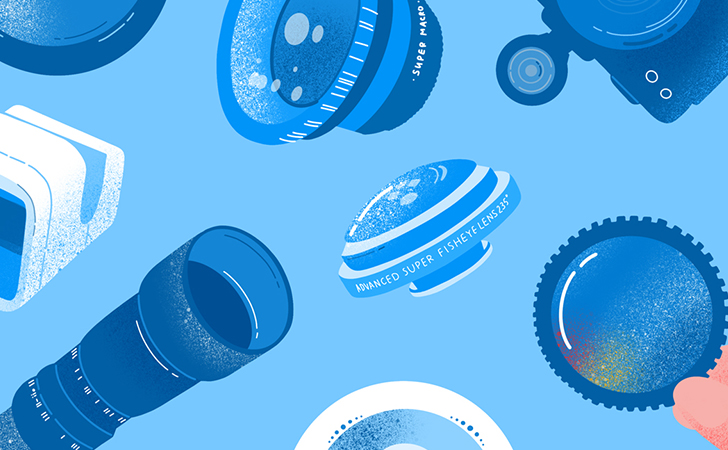
It is a fact that smartphone cameras today can be used to create big-screen movies and Netflix streaming content. Let’s take a look at smartphone filmmaking accessories that can help to improve the quality of your videos and increase their production value.
There are two major concerns about mobile filmmaking. First, there’s the lack of depth of field: all the objects in the foreground and background remain in focus, which makes the whole shot flat. Secondly, a built-in lens has less flexibility than any interchangeable lens camera: one lens can’t be the best choice for every kind of shot (that’s why cinematographers always have a big lens kit). As a result, portable smartphone attachments are now being developed that can be clamped onto the smartphone’s camera. These are the most popular:
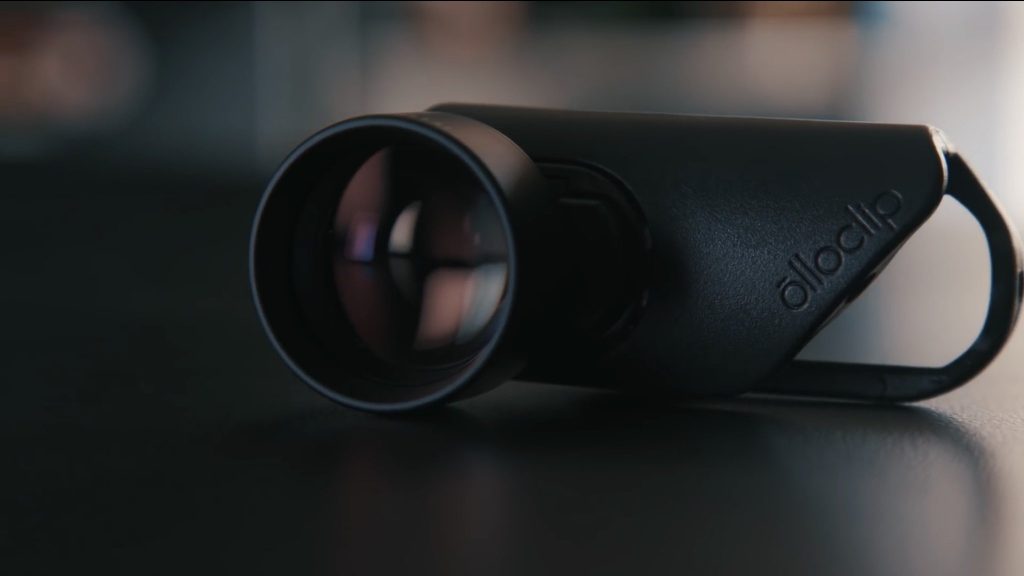
Olloclip telephoto lens for iPhone
If you’re looking to achieve a professional cinematic look, check out the anamorphic lenses for iPhones from Moment. These lenses became popular in the 50s as a cheap option for shooting widescreen movies: the image was compressed during the shoot so that every standard-width frame contained more information without losing quality, and was then returned to normal proportions during projection. If you use an anamorphic lens on your smartphone, you can stretch the image back during editing.
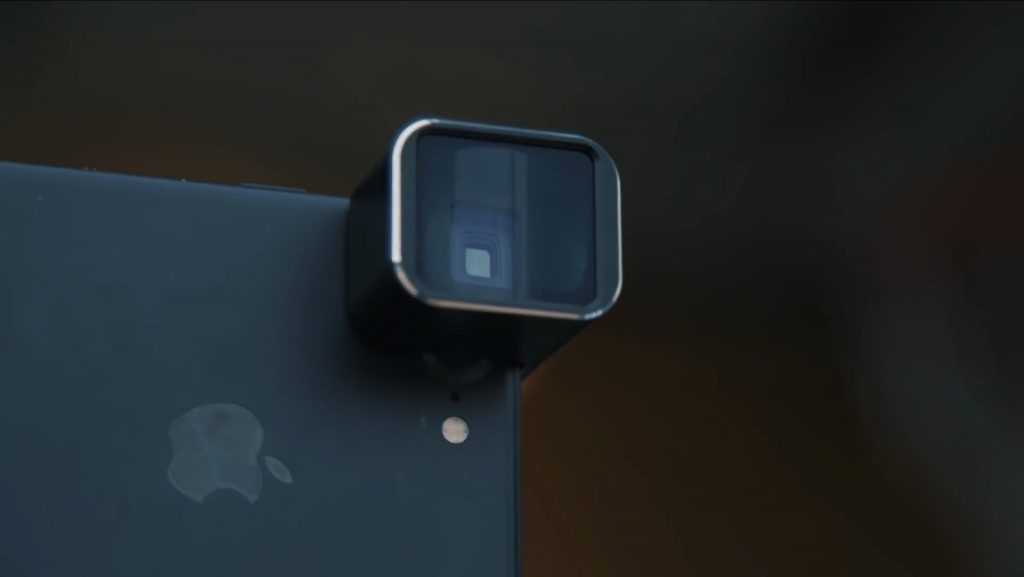
Anamorphic lens Moondog labs 1.33x
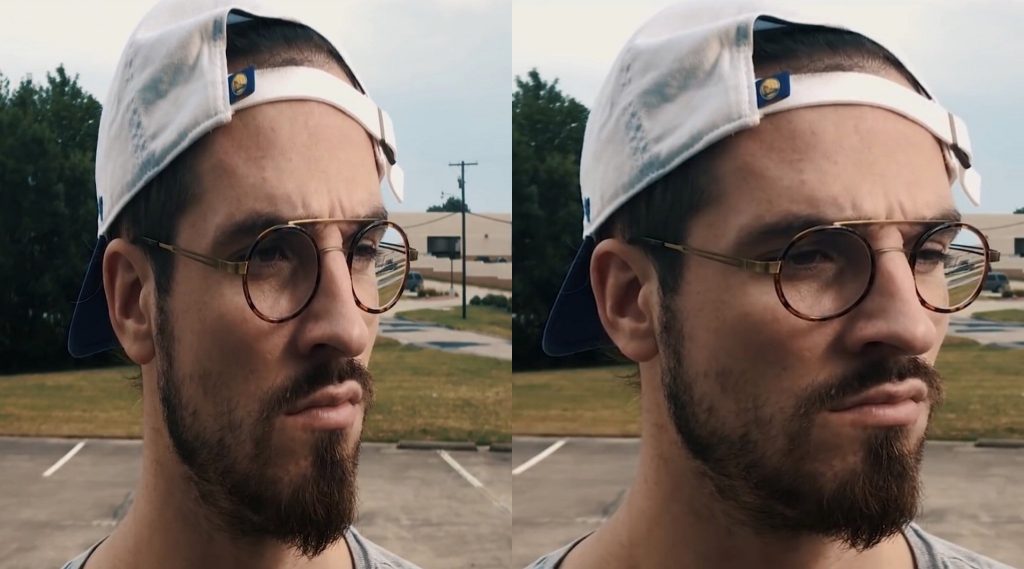
Anamorphic shot during the production and the final image
A shaky image can ruin the impact of a video. The cheapest solution is to acquire a mini-tripod, which can easily also become a monopod or a selfie-stick. If you already own a tripod for your camera, you can use a tripod adapter to mount your phone on the tripod so you can rotate and tilt it as needed. It’s worth noting that mini-tripods have one big advantage: their compact size allows them to be placed in hard-to-reach places.
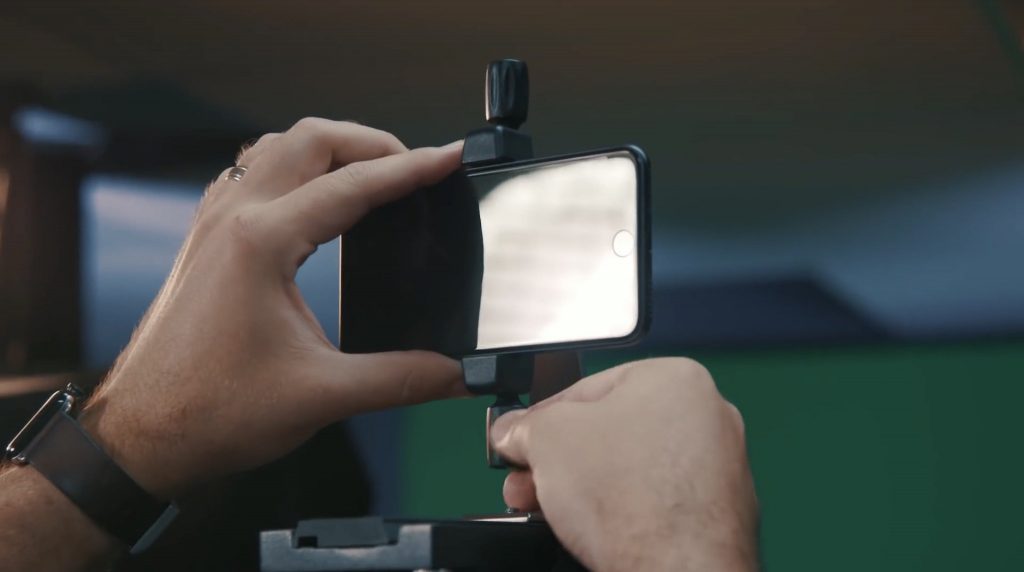
MeFoto tripod adapter
A more functional option is a DJI Osmo stabilizer. It provides smooth camera movement and removes any shake, even during hand-held filming. It also has a joystick that lets you start and stop recording, rotate the camera, and manage focus and exposure.
To record good audio, make sure you have an external microphone: it picks up less background noise when compared with a built-in camcorder mic. Rode remains one of the leading audio equipment manufacturers, but there are plenty of cheap and affordable models – for example, Boya M-1. The mic can be plugged directly into the 3.5 mm jack on your device using an iRig adapter.
A laptop can save the day when your device runs out of memory (video files require a lot of space). Or you can use the SanDisk adapter – it plugs directly into the iPhone so you can transfer all your videos through the dedicated app.